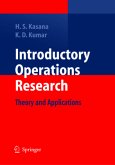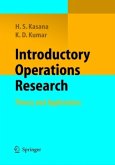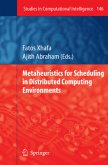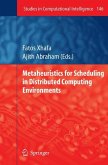From whatever domain they come, engineers are faced daily with optimization problems that requires conflicting objectives to be met. This monograph systematically presents several multiobjective optimization methods accompanied by many analytical examples. Each method or definition is clarified, when possible, by an illustration. Multiobjective Optimization treats not only engineering problems, e.g in mechanics, but also problems arising in operations research and management. It explains how to choose the most suitable method to solve a given problem and uses three primary application examples: optimization of the numerical simulation of an industrial process; sizing of a telecommunication network; and decision-aid tools for the sorting of bids. This book is intended for engineering students, and those in applied mathematics, algorithmics, economics (operational research), production management, and computer scientists.
From the reviews:
"Multiobjective optimization allows a degree of freedom, which is lacking in mono-objective optimization. ... The book is accessible to the novice and expert ... and can be used by students, engineers and scientists working in aerospace, automotive, and mechanical and civil engineering." (Stefan Jendo, Zentralblatt MATH, Vol. 1103 (5), 2007)
"Multiobjective optimization allows a degree of freedom, which is lacking in mono-objective optimization. ... The book is accessible to the novice and expert ... and can be used by students, engineers and scientists working in aerospace, automotive, and mechanical and civil engineering." (Stefan Jendo, Zentralblatt MATH, Vol. 1103 (5), 2007)








